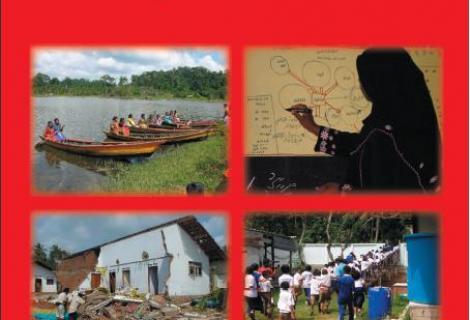
The Indian Ocean tsunami of 26th December 2004 was a disaster of unprecedented magnitude. Across the 12 affected countries in Asia and Africa, more than 230,000 people were reported dead or missing, over 2.1 million were displaced and left homeless, and millions of dollars of infrastructure was destroyed. The scale of the devastation presented enormous challenges for disaster response in the context of the evolving concept of disaster management.
This report presents people’s experiences and views in terms of whether they feel safer, if their risk to disasters has been reduced, and whether they feel better prepared to cope with future disasters. It also presents their awareness of and relationship with the various government institutions and non-government agencies involved in disaster response and preparedness. This ‘People’s Report’ is based on the work of alliances of 44 organisations and their discussions with 2,954 tsunami-affected people in India, the Maldives, Sri Lanka and Thailand. The report attempts to voice some of the concerns from the perspective of those affected, and to bring these to the attention of policy-makers and implementers with a view to facilitating their inclusion in ongoing initiatives around DRR and resilience-building.